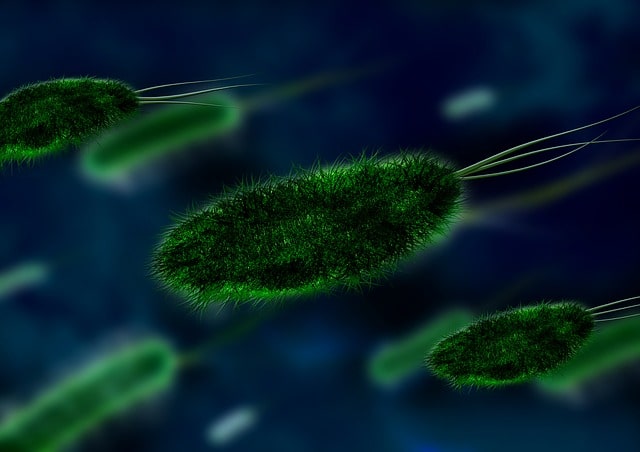This article will cover using bacteria to break down grease. Industrialization has truly changed the world, especially super power countries like the United States. So many industries have been formed and continue to branch out to show how the forward movement of science and technology has broken barriers to pave the way for new beginnings. In every new endeavor made on the American soil, it can never be denied that whatever the country brings forth is indeed very innovative. Borrowed or not, the knowledge just seems to keep on flowing and it shows with the flourishing types of industries that work together to strengthen the economy further.
Major establishments in the food and mechanical industries, however, have proven to be great contributors to the FOG (fats, oils, grease) crisis in the country. As restaurants and machines arise, so does the grease problem. Grease is man’s invention that’s meant to be a very useful lubricant in the functioning of various machines in every factory. It is also the raw material in food processing industries because food is made up of plant and animal fats. As machines and food businesses grow in number, the FOG gravely becomes a threat to health and to the environment.
The industries related to producing food are all mandated to follow the grease ordinance created by the US government to help stop the FOG crisis. According to this ordinance, every single food-related institution should have a grease trap installed within their premises. The grease trap could be housed in-doors if the establishment is small. But if it’s a large one, then it should be installed outside the building, underground. It should also be directly connected to the kitchen where most of the grease comes from. The ordinance also says that the owners of these establishments should make sure that the grease traps are well-maintained and treated. They should adhere to the scheduled pump out of each trap so that the FOG level will remain at a low level. If the FOG level is kept low, then FOG overflow is prevented.
FOG overflow is the main cause as to why wastewater treatment is experiencing a significant problem. It is usually a result of negligence on the part of the establishment. It may be because of the hectic work environment or the small size of the trap that was installed initially. If negligence is the issue, the management should take the time to modify the grease disposal in the kitchen area. The grease should be manually collected and contained in special sealable vessels that can be properly disposed of during trash day. There could also be fine food meshes that could be fitted into the wash sinks to catch any minute grease particle before it enters the grease trap. These are modifications in grease disposal could all be performed by those who work directly with grease.
Aside from the changed grease disposal practices, there are also additives that can be considered in cleaning up the grease trap and eliminating the FOG. The most common ones on the list are chemicals and enzymes. Sadly, these additives only make things worse because they mimic the actual FOG overflow. Chemicals and enzymes may appear that they dissolve the grease instantly but the truth is that they just emulsify it, making it very easy to combine with the wastewater that flows through the sewers. The FOG cools down and eventually solidifies and sticks to the inner pipe walls. The sewer pipe gets blocked and the raw wastewater backs up into the establishment, causing so many health and environmental problems.
Using bacteria to break down grease is the best method that’s encouraged these days. Bacteria are all-natural and organic. They voraciously eat the grease, consuming every bit, lowering the level of FOG in the trap. This decreases the risk of having a FOG overflow. Bacteria also leave the grease trap odorless, improving the sanitation of the establishment. If bacteria are continuously used, surely the FOG crisis will be no more.
